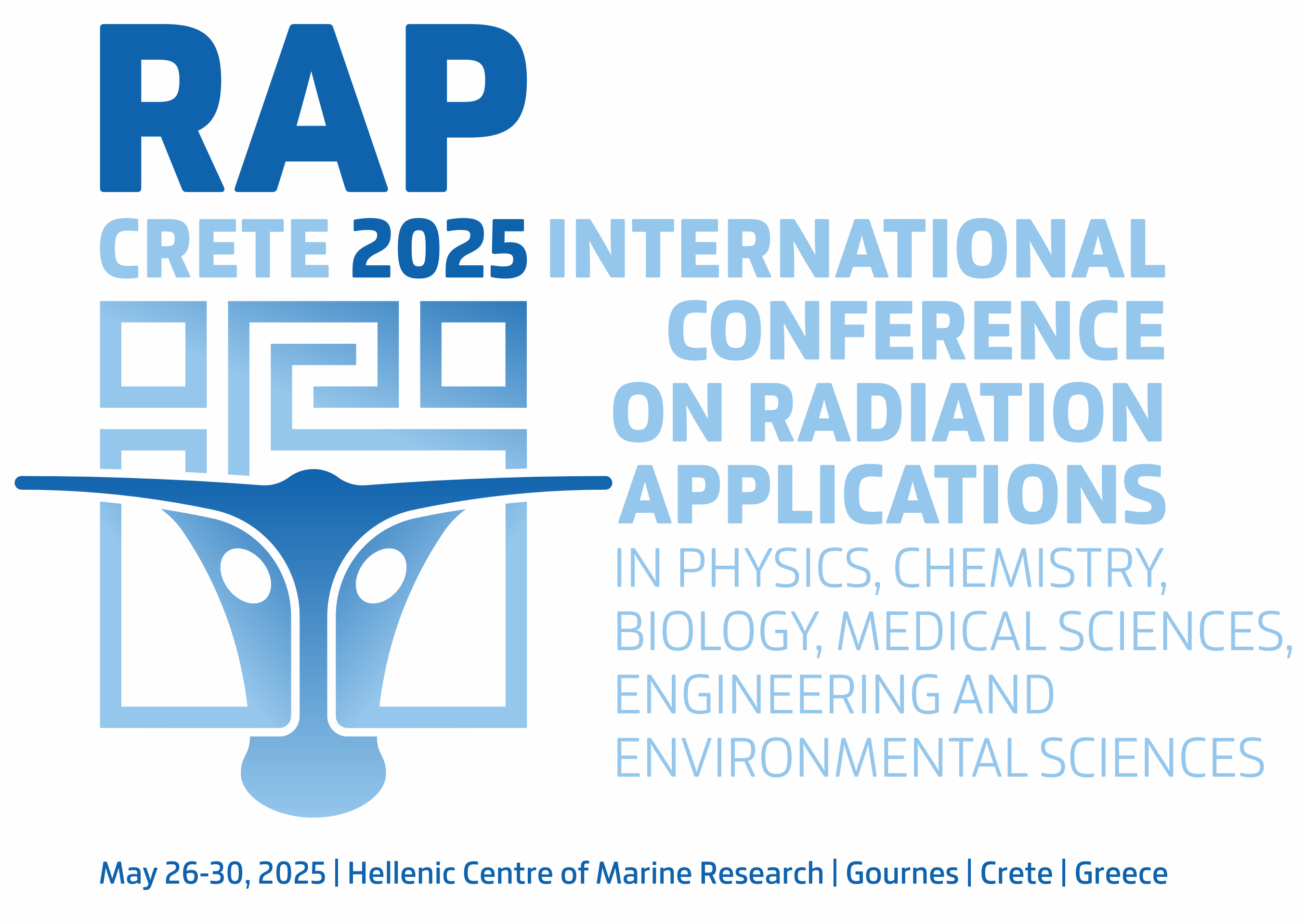Vol. 5, 2020
Cancer Research
FEATURES OF DNA REPAIR IN DERMAL FIBROBLASTS IN PATIENTS WITH BREAST CANCER AND PERSONS WITH MEDICAL HISTORY OF CANCER
Aleksandra Nozdracheva, Nadezhda Pleskach, Mirya Kuranova
Pages: 38-43
DOI: 10.37392/RapProc.2020.10
Abstract | References | Full Text (PDF)
In the cell lines of dermal fibroblasts of 30 and 55 year-old patients with breast cancer (BC) and in three patients with medical history of cancer, the features of DNA repair were studied. The amount, intensity of fluorescence and area of foci of protein 53BP1 and histone γH2AX were investigated at different time parameters of the field of irradiation of cells at a dose of 2 Gy. A line from a 30-year-old patient with no history of cancer was used as a healthy donor. The results showed that the reparative curve of a healthy donor differed from the reparative curves of the remaining lines. The cells of a young patient with breast cancer had more serious violations of the DNA repair processes. Also, the results of the work showed that histone γH2AX is more specific for breast cancer.
- M. Majidinia, B. Yousefi, “DNA repair and damage pathways in breast cancer development and therapy,” DNA Repair, vol. 54, pp. 22 – 29, Jun. 2017.
DOI: 10.1016/j.dnarep.2017.03.009
PMid: 28437752 - J. H. Hoeijmakers, “DNA damage, aging, and cancer,” N. Engl. J. Med., vol. 361, no. 15, pp. 1475 – 1485, Oct. 2009.
DOI: 10.1056/NEJMra0804615
PMid: 19812404 - G. Ciriello et al., “Emerging landscape of oncogenic signatures across human cancers,” Nat. Genet., vol. 45, no. 10, pp. 1127 – 1133, Oct. 2013.
DOI: 10.1038/ng.2762
PMid: 24071851
PMCid: PMC4320046 - H. C. Reinhardt, H. Jiang, M. T. Hemann, M. B. Yaffe, “Exploiting synthetic lethal interactions for targeted cancer therapy,” Cell Cycle, vol. 8, no. 19, pp. 3112 – 3119, Oct. 2009.
DOI: 10.4161/cc.8.19.9626
PMid: 19755856
PMCid: PMC3057180 - O. Moran et al., “Revisiting breast cancer patients who previously tested negative for BRCA mutations using a 12-gene panel,” Breast Cancer Res. Treat., vol. 161, no. 1, pp. 135 – 142, Jan. 2017.
DOI: 10.1007/s10549-016-4038-y
PMid: 27798748 - S. Sriramulu et al., “A review on role of ATM gene in hereditary transfer of colorectal cancer,” Acta Biomed., vol. 89, no. 4, pp. 463 – 469, Jan. 2019.
DOI: 10.23750/abm.v89i4.6095
PMid: 30657113
PMCid: PMC6502098 - A. Tavera-Tapia et al., “Almost 2% of Spanish breast cancer families are associated to germline pathogenic mutations in the ATM gene,” Breast Cancer Res. Treat., vol. 161, no. 3, pp. 597 – 604, Feb. 2017.
DOI: 10.1007/s10549-016-4058-7
PMid: 27913932 - S. M. Noordermeer et al., “The shieldin complex mediates 53BP1-dependent DNA repair,” Nature, vol. 560, no. 7716, pp. 117 – 121, Aug. 2018.
DOI: 10.1038/s41586-018-0340-7
PMid: 30022168
PMCid: PMC6141009 - G. D. Gregoriis et al., “DNA repair genes PAXIP1 and TP53BP1 expression is associated with breast cancer prognosis,” Cancer Biol. Ther., vol. 18, no. 6, pp. 439 – 449, Jun. 2017.
DOI: 10.1080/15384047.2017.1323590
PMid: 28475402
PMCid: PMC5536937 - Y. Li, G. Zhang, “Network-based characterization and prediction of human DNA repair genes and pathways,” Scientific Reports, vol. 7, pp. 1 – 8, Apr. 2017.
DOI: 10.1038/srep45714
PMid: 28368026
PMCid: PMC5377940 - A. Nozdracheva, R. Ushakov, N. Pleskach, M. Kuranova, “Analysis of the capabilities of the programs Fiji, iPLab and DARFI in the study of DNA repair abilities in the cells of patients with a mosaic form of ataxia telangiectasia,” in Proc. Int. Conf. Radiation Applications (RAP 2019), Belgrade, Serbia, 2019, pp. 1 – 6.
DOI: 10.37392/RapProc.2019.01 - M. Kuranova et al., R. “Features of DNA repair in dermal fibroblasts of patients with ataxia-telangiectasia with mosaic manifestation of the active form of ATM kinase,” Genes & Cells, tome XIV, №1, 2020, pp. 50 – 59.
DOI: 10.23868/202003007


